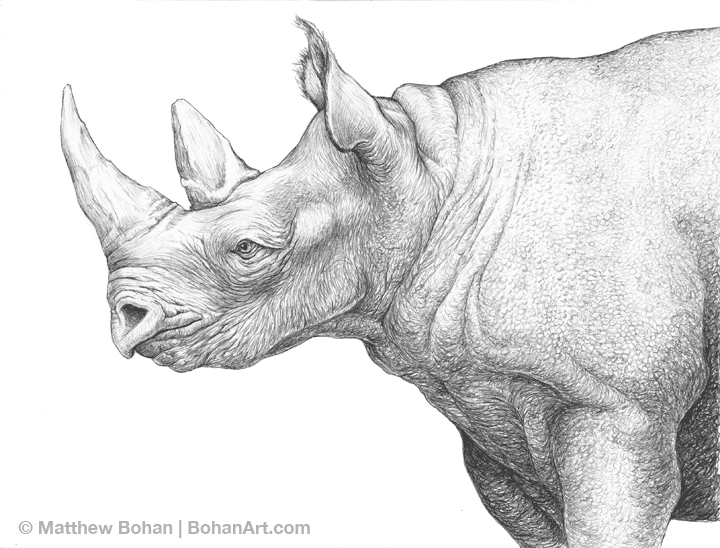
I’m officially way behind on posting things. It’s been a busy spring with lots of birding. Here is a drawing of a White Rhinoceros from the Potter Park Zoo here in Lansing.
Rhinos are fun to draw. They have a fantastic shape with lots of interesting textures to render. Albrecht Dürer did a woodcut of a rhino in 1515 based only on written descriptions and someone’s quick sketch. Considering he’d never seen one, it is a fascinating illustration, although it does look a little as if it’s dressed for Halloween in medieval plate armor and chain mail.
Here are some facts I find interesting about the White Rhino:
- Rhinos are Odd-toed Ungulates of the order Perissodactyla, which in Greek means “uneven toe.” Being Odd-toed Ungulates, the Rhino’s close relatives include the Horse and Tapir.
- White Rhinos lack front teeth, instead using their prehensile lips to pluck off vegetation to eat. Now that must take some talent!
- Their spectacular horns aren’t made of bone but of keratin.
- Rhinos are hosts of various highly specialized parasites. Gyrostigma fly eggs are laid on the “softer” skin around the rhino’s head. Once hatched, they bore through the tough hide, eventually finding their way to the animal’s stomach, where they in time pass with the feces and pupate on the ground. (Yech!)
- The Rhino Filarial Worm, Rhinomusca, specializes on eating rhino blood. You’d assume that a rhino’s thick hide wouldn’t be that productive for a blood-sucker, but given that they live in hot climates, they need to dump a lot of heat and are highly vascularized.
- Rhinos are hosts to a myraid of other nasties including ticks, tsetse flies, trypanosomes, the Euglenoid protozoan parasite, which causes African sleeping sickness in humans, not to mention over 40 species of worms. No wonder they are covered with Oxpeckers looking for a meal! They are practically a moving buffet table.
- Black Rhinoceros and White Rhinos are almost undistinguishable to your average observer… yet they aren’t even the same genus.
- The name White Rhino was actually a mistranslation from the Dutch word wijd, which means wide. It refers to the White Rhino’s mouth, which is wider than that of the Black Rhino. The scientific name of the White Rhinoceros is Ceratotherium simum. Keras is Greek for horn, and the Therion is for beast, while Simus is for flat- or snub-nosed. Seems fitting.
I can’t think of Rhinos without thinking of two great books. Last Chance to See by
The picture book Hippo? No, Rhino! by is simply awesome. One of the big drawbacks of my kids getting older is that I don’t have as much of an excuse to explore all the great children’s books. Now I go through the library looking purely for my own entertainment. This one has fun art and an awesome story.

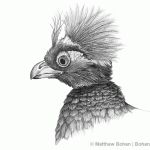
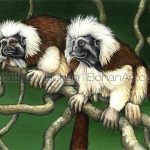
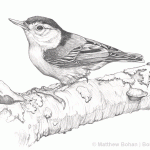
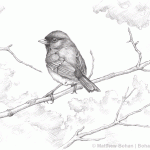
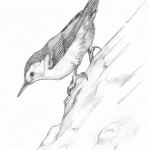

Leave a Reply